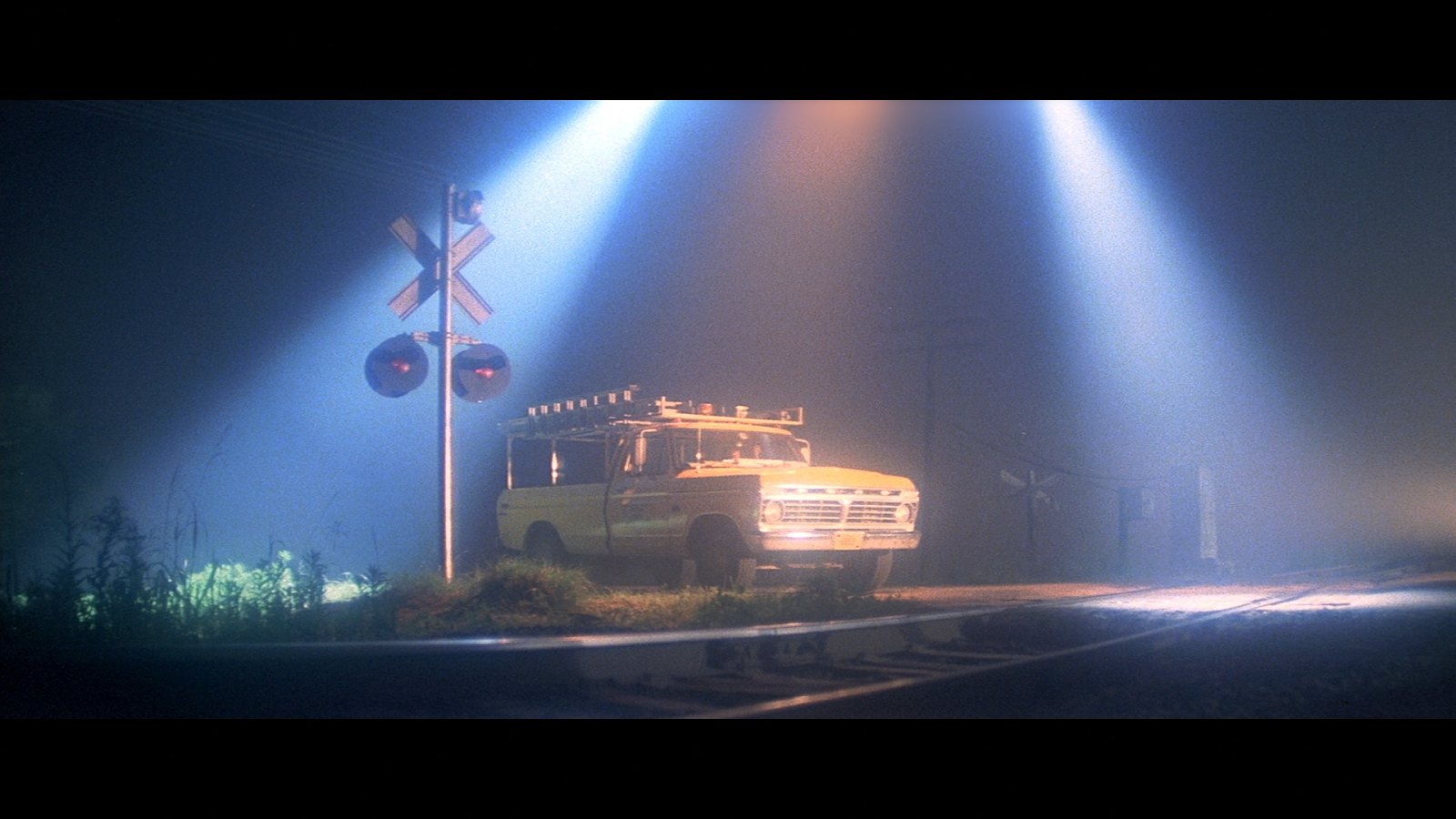
I have been fascinated by UFOs and the notion of life on other planets ever since I was a kid and saw Steven Spielberg’s film Close Encounters of the Third Kind (1977). At the time, it made a huge impression on me as it did with many of my generation. Nowadays, most people dismiss stories about UFOs or alien abductions as tabloid fare. They laugh at the stories of people being snatched by “little green men,” but over the years there have been some really interesting cases that have come to light.
In the past 40 years, the idea of UFOs and alien sightings has been investigated by numerous psychologists and psychiatrists like Carl Jung. Some of the first recorded sightings can be traced back to the late 1940s and during the 1950s when the UFO craze really took off. After this initial phenomenon died down, reports began to drop off as more and more people scoffed at the idea that people may have been abducted. They say that there’s no physical evidence that UFOs exist, but perhaps there is no publicly acknowledged physical evidence that UFOs exist. Spielberg’s film takes this idea and runs with it in an entertaining and engaging way that continues to fascinate me after all these years.
Close Encounters of the Third Kind begins in the Sonora Desert, Mexico during a blinding sandstorm. A group of scientists drive up in two vehicles. They are there because of a squadron of American World War II era fighter planes that have mysteriously resurfaced minus their pilots after disappearing during a training run in 1945. The scientist, led by a Frenchman named Lacombe (Francois Truffaut) question an old man who was there when the planes appeared and he claims that the sun came out at night and sang to him. I love the opening image of headlights just barely piercing the intense storm. Spielberg establishes a fantastic air of mystery during this sequence, which leads us right into the next scene.
At an air traffic control center in Indianapolis, a controller is in communication with pilots in two different planes that experience a brief run-in with a UFO. Nobody can explain it, but the pilots don’t want to report it as such. What I like about this sequence is that we get a few more teasing details about the alien craft from the pilots, but we don’t actually see anything, which only adds to the intrigue.
In Muncie, Indiana, a little boy named Barry (Cary Guffey) is awoken in the middle of the night by his toys suddenly activating. He’s not scared, but excited as if he’s met some new playmates. The sounds of crickets and the play of shadows across Barry’s room reminds me of summer nights as a child and really draws me in to this scene. The use of light inside and outside the house (including a brief glimpse at an incredible starry sky) is tremendous.
These three atmospheric teasers are all part of the same mystery – that whatever made the planes reappear almost caused two commercial airliners to crash into each other and also activated all of a little boy’s toys. Vilmos Zsigmond’s cinematography really shines in these early scenes, from the sandstorm in Mexico to the rural Muncie home to the beautiful night sky full of stars as electrical lineman Roy Neary (Richard Dreyfuss) goes on a call. Spielberg creates a tangible sense of place that immediately draws you into the film.
Roy is the film’s protagonist and I like how Spielberg expertly sets up the family dynamic of the Neary’s, like how Roy chastises his kids for having zero interest in going to a screening of Walt Disney’s animated classic Pinocchio (1940). He lives in a noisy, chaotic household and kind of acts like a kid himself. Roy soon has his own close encounter that changes his life forever. While he’s out on a call, late one night, a UFO hovers over his vehicle and bathes him in a blinding light. On his C.B. radio, Roy hears of others seeing what he saw and heads off in pursuit. Spielberg continues to tease us as a large shadow flies ominously over the stretch of road that Roy is driving along. He literally crosses paths with Barry and his mother Jillian (Melinda Dillon), narrowly avoiding running over the little boy with his truck. They witness several UFOs flying by in graceful formation at an incredible speed.
After his experience, Roy becomes obsessed with what he saw much to the chagrin of his family who don’t understand what he’s going through. Richard Dreyfuss does a fantastic job at conveying his character’s newfound mania. Roy is practically euphoric, but there is also a sense of child-like wonder and we are meant to share these sentiments. Spielberg takes us back and forth between the global and the personal, with Lacombe and his assistant Laughlin (Bob Balaban) going all over the world gathering evidence, and Roy’s own journey as he tries to make sense of an image of a large mountain in his head, which turns out to be Devils Tower in Wyoming.
Roy and Jillian’s journey to Devils Tower is an exciting adventure as they cover a lot of terrain, first by car and then by foot, facing constant opposition by the military. Throughout, Spielberg creates all kinds of tension as the two run across ominous signs that something isn’t right, like the livestock that lie dead by the side of the road. They risk getting caught several times and when they are captured, even manage to subsequently escape. This sequence also shows the United States’ government’s response to all of this activity. They create a fake threat to get people who live near Devils Tower to evacuate because Lacombe and his team believe that is where the aliens will establish contact. With the scandal of Watergate still fresh in people’s minds at the time, this elaborate ruse must’ve rung true with audiences who had a healthy distrust of their government. Spielberg really uses the environment around Devils Tower to great effect. You get a real sense of place and how imposing a structure it is for Roy and Jillian to traverse.
Fresh from his excellent supporting role in Jaws (1975), Richard Dreyfuss delivers a wonderfully layered performance as a man who doesn’t understand what’s happening to him. He knows what he saw and experienced, but is unable to get anyone to believe him, not even his family. Roy also has visions of a place he feels compelled to go to, but can’t articulate beyond constructing mountain-like images out of his mashed potatoes or mounds of dirt. It drives him and his family a little crazy and there’s a moving scene where Roy breaks down in front of his family during dinner that really makes you empathize with the poor guy. Eventually, his obsession is too much for his wife (Teri Garr) and kids and they leave him, afraid that his madness will consume them as well. It’s really quite incredible how much Roy alienates his family – something that, sadly, Spielberg has said he would never do now that he has a family of his own. It is heartbreaking to see how Roy’s mania affects his kids, causing them to act out, but Roy can’t help himself. Dreyfuss is so good at conveying this compulsion, this drive to make sense of what Roy experienced. Spielberg is unafraid to show the extremes of Roy’s behavior and how it affects his family.
Close Encounters’ impressive practical visual effects still hold up, like the animated cloud formation that occurs when the aliens appear and take Barry away or the colorful quartet of UFOs that Roy chases in his truck. These effects, in particular the show-stopping finale, are still awe-inspiring and have a tangible quality that has not dated at all. With the Barry abduction sequence, Spielberg demonstrates how you can convey so much by doing very little. With the use of lighting effects and some practical tricks, he creates an intense, nerve-wracking scene as the little boy is taken from his mother right from their house. We never actually see the aliens or the craft. This is all left up to our imagination. For most of the film we are only given glimpses of the UFOs as Spielberg gradually builds to the exciting climax where contact is achieved.
Close Encounters of the Third Kind’s influence can be seen either stylistically or thematically in other like-minded film such as The Abyss (1988), Contact (1997), Signs (2002), and, the most obvious homage, Super 8 (2011). For the ending of his film, Spielberg took a page out of Stanley Kubrick’s 2001: A Space Odyssey (1968) by making the aliens benign and enigmatic. Instead of falling back on the tried and true clichés of alien invasion movies from the 1950s, Spielberg presents aliens that only wish to communicate with us. He created a film full of wonder and hope, culminating in the transcendent climax where we make contact with the aliens. It is an incredible display of good ol’ fashion practical effects that is truly something to behold.
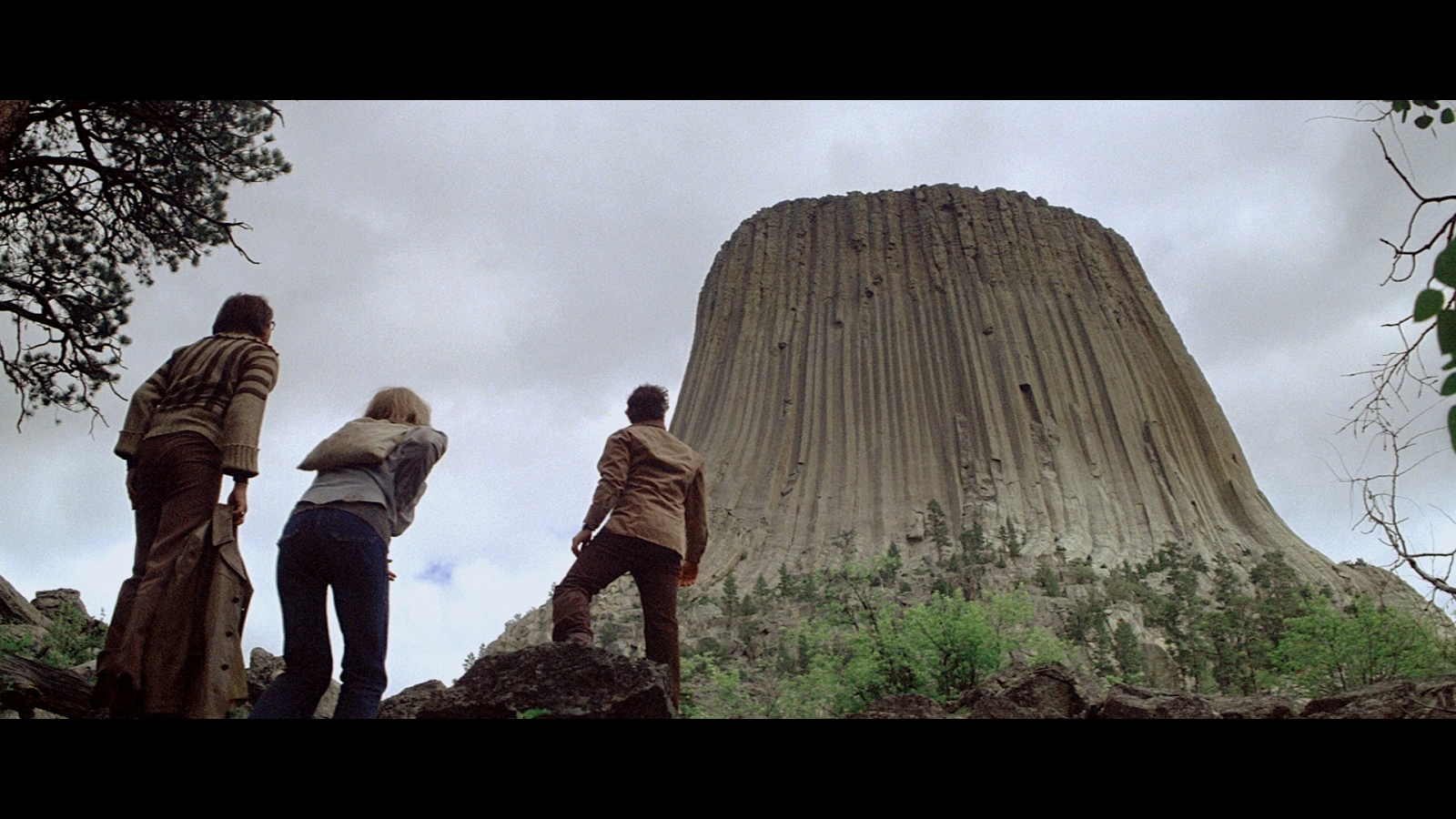 Close Encounters of the Third Kind was made by someone who sincerely believed that there was intelligent alien life on other planets and that if it did exist would not want to wipe us out. This yearning for answers, for wanting to believe is embodied perfectly in Spielberg surrogate Roy Neary. Whether or not you believe in life on other planets, this film still tells an entertaining and engaging story – a global-spanning epic that still feels personal and intimate. This was the first film Spielberg had made that he felt truly passionate about it and this is evident in every frame, brimming with sincerity and idealism that flew in the face of a lot cynicism of the 1970s. As a result, Close Encounters was a touchstone film for me. Seeing it a young age affected me profoundly and still does to a certain degree. It also spoke to a young, impressionable generation, instilling in them a fascination and wonder for the possibilities of intelligent life on other planets.
Close Encounters of the Third Kind was made by someone who sincerely believed that there was intelligent alien life on other planets and that if it did exist would not want to wipe us out. This yearning for answers, for wanting to believe is embodied perfectly in Spielberg surrogate Roy Neary. Whether or not you believe in life on other planets, this film still tells an entertaining and engaging story – a global-spanning epic that still feels personal and intimate. This was the first film Spielberg had made that he felt truly passionate about it and this is evident in every frame, brimming with sincerity and idealism that flew in the face of a lot cynicism of the 1970s. As a result, Close Encounters was a touchstone film for me. Seeing it a young age affected me profoundly and still does to a certain degree. It also spoke to a young, impressionable generation, instilling in them a fascination and wonder for the possibilities of intelligent life on other planets.

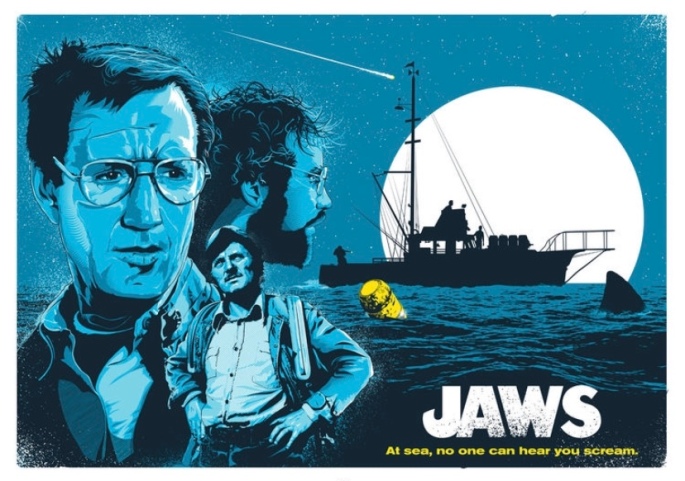


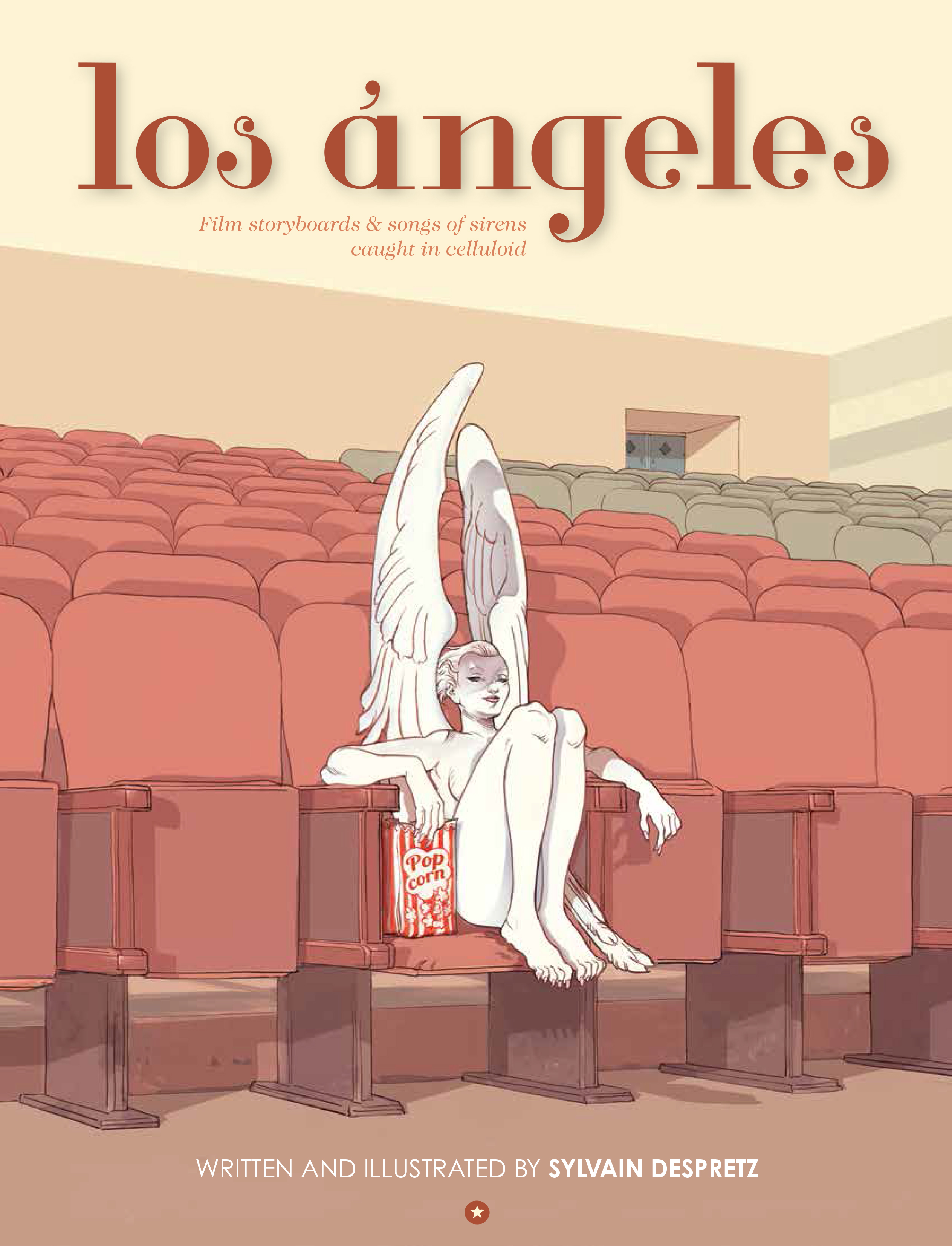
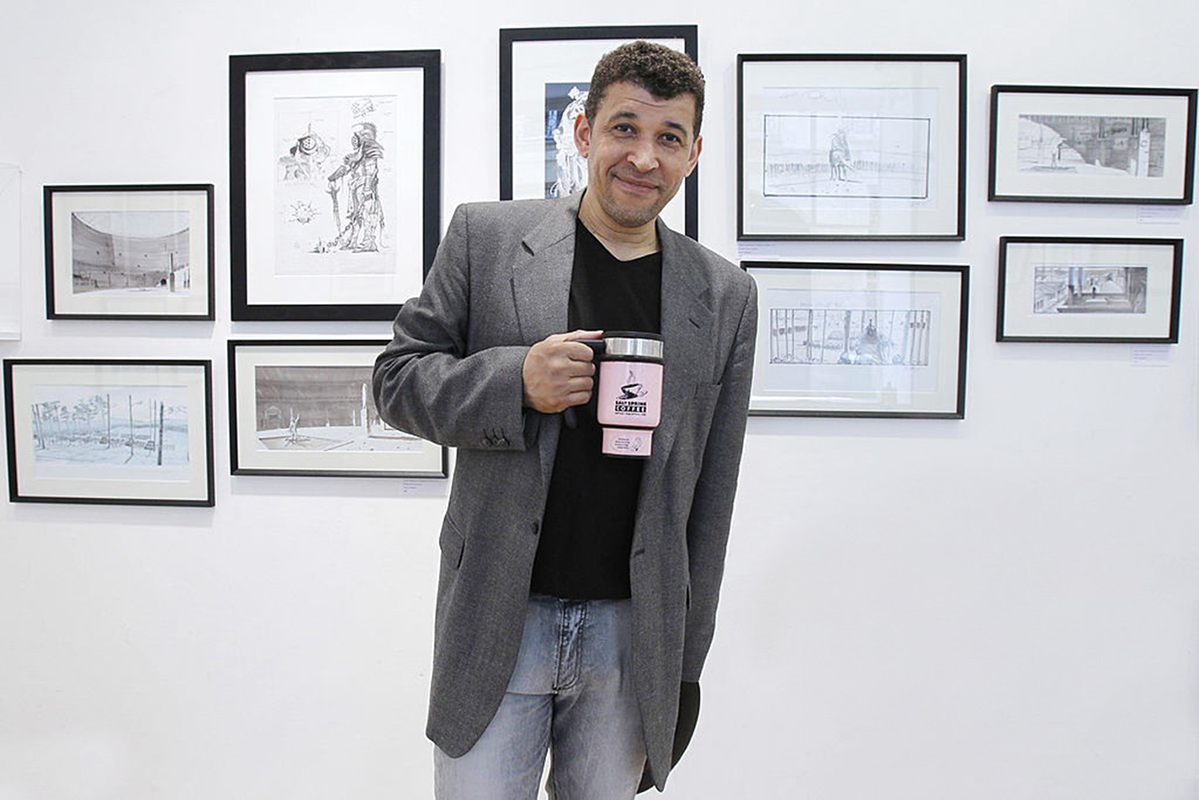



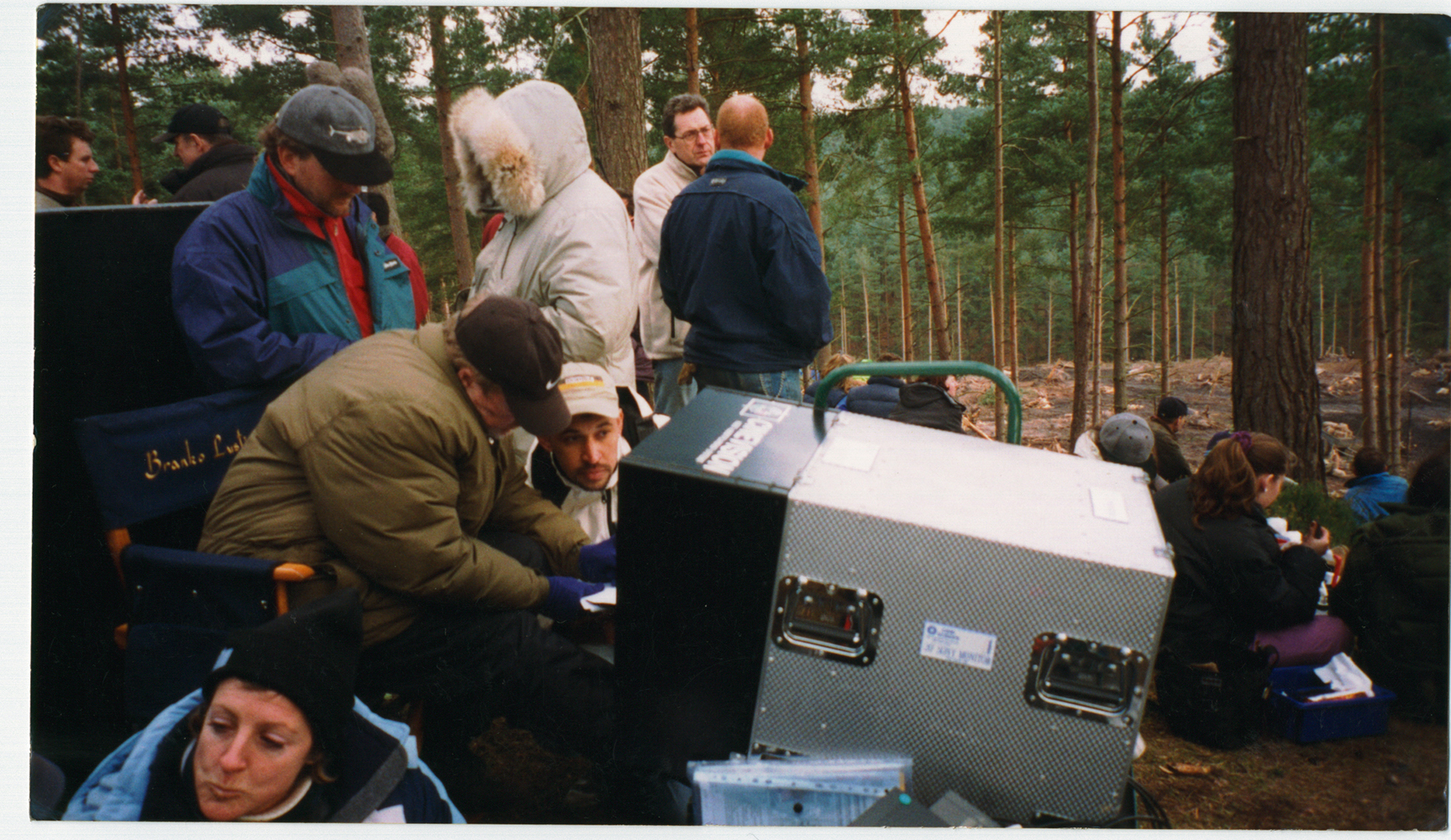
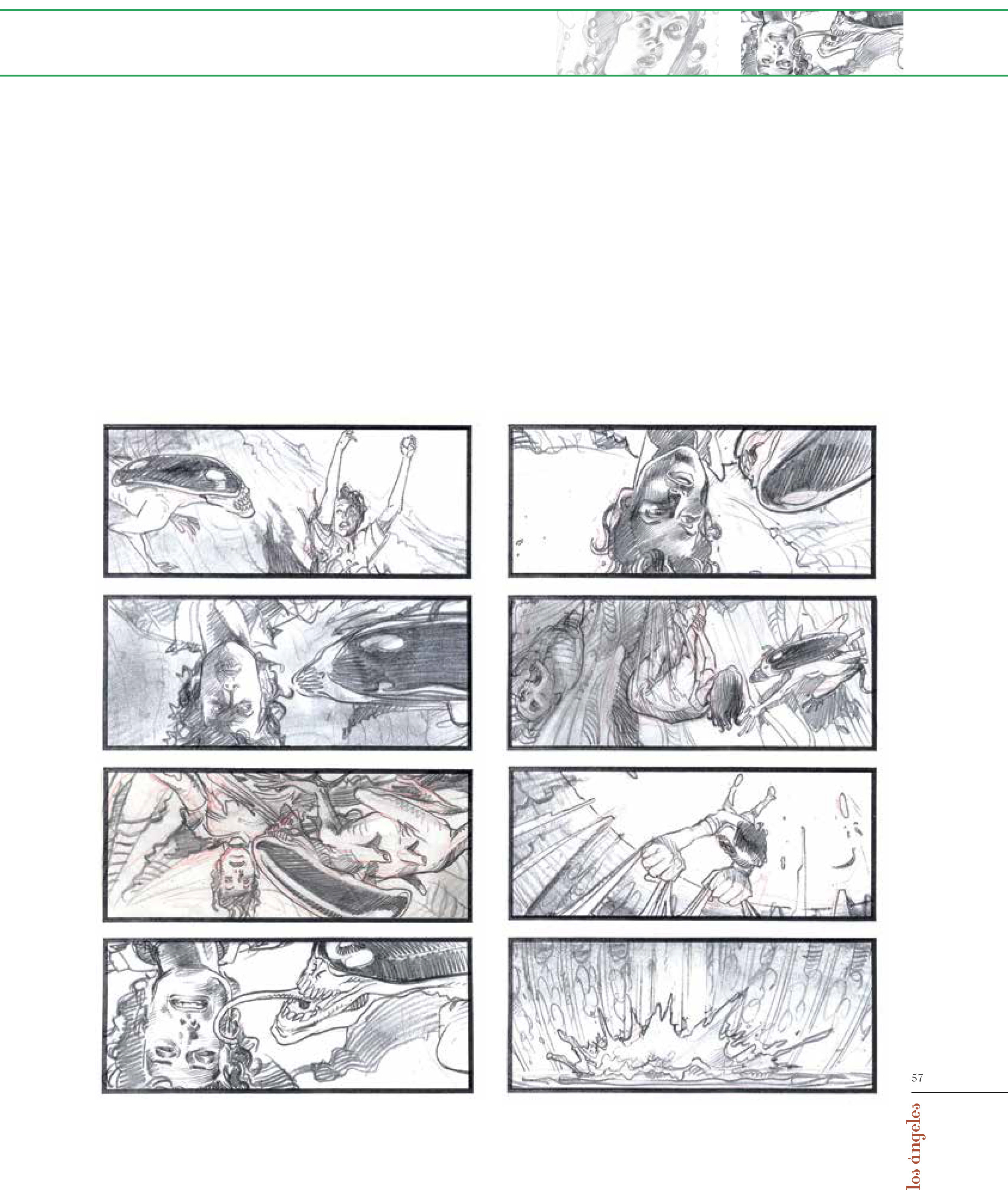



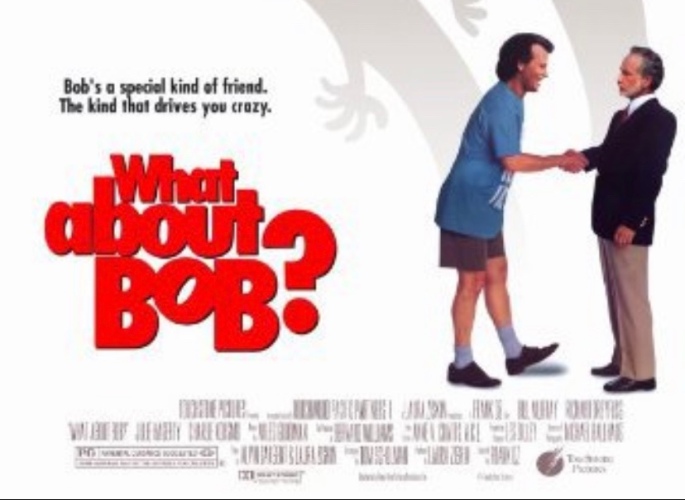
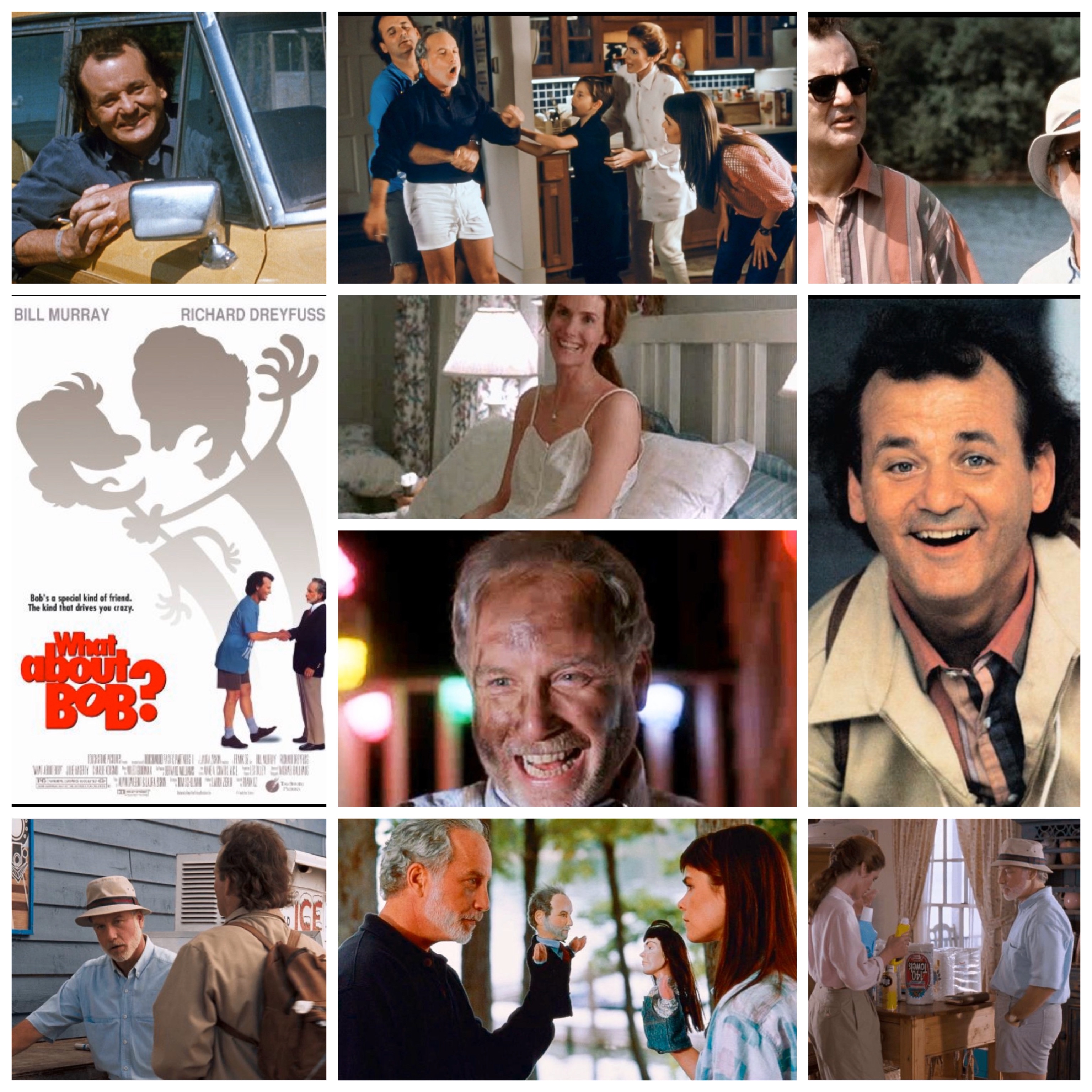





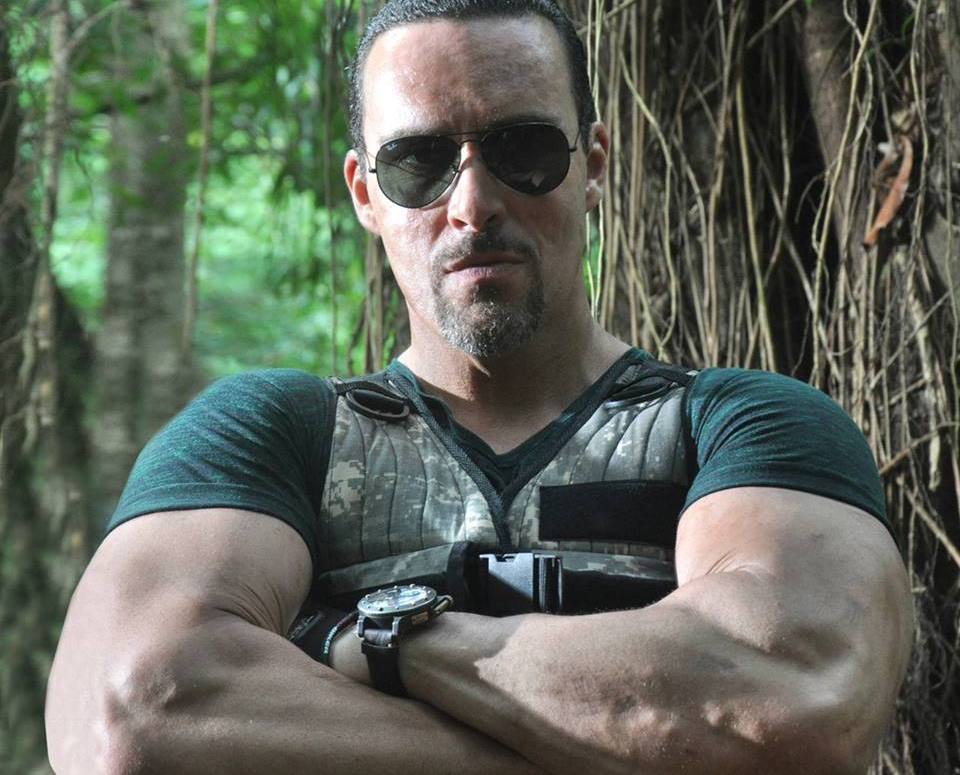







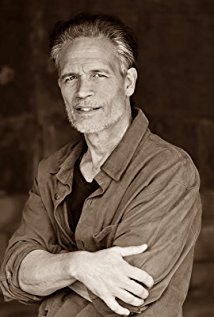



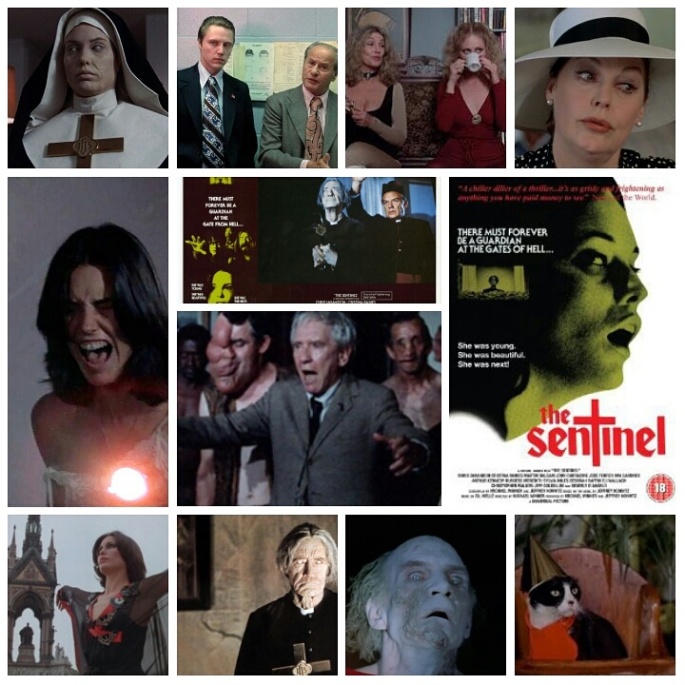
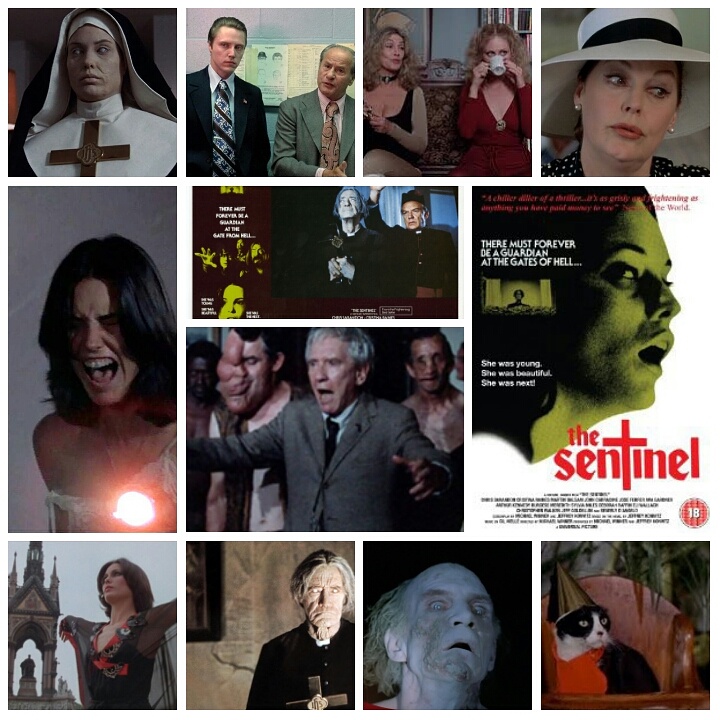
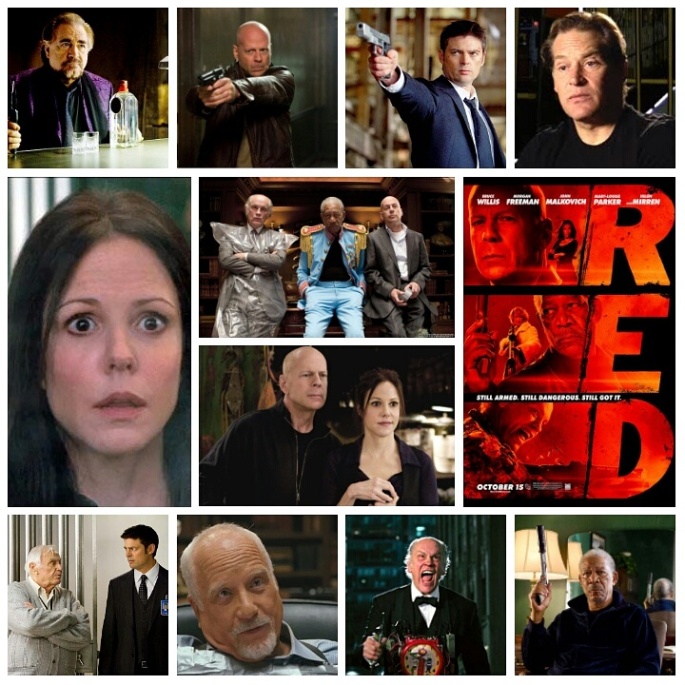
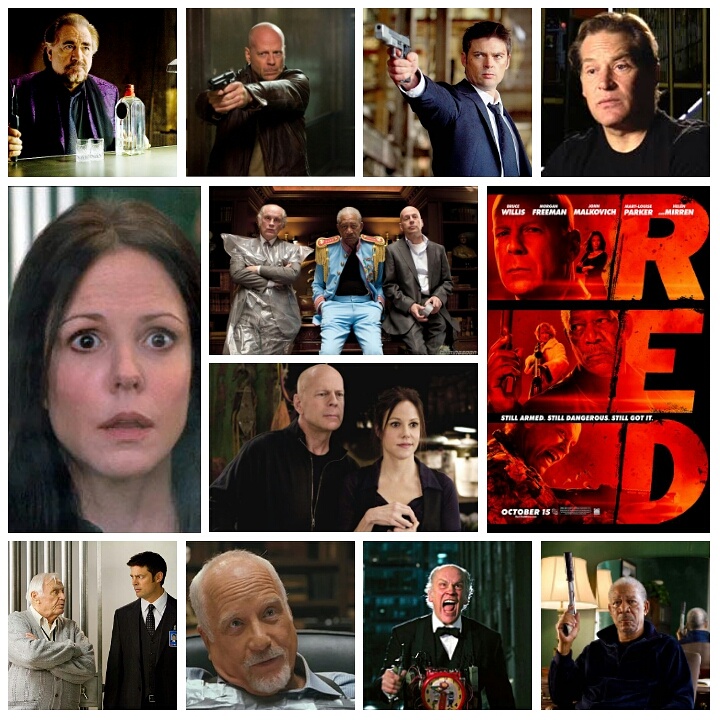

 Close Encounters of the Third Kind was made by someone who sincerely believed that there was intelligent alien life on other planets and that if it did exist would not want to wipe us out. This yearning for answers, for wanting to believe is embodied perfectly in Spielberg surrogate Roy Neary. Whether or not you believe in life on other planets, this film still tells an entertaining and engaging story – a global-spanning epic that still feels personal and intimate. This was the first film Spielberg had made that he felt truly passionate about it and this is evident in every frame, brimming with sincerity and idealism that flew in the face of a lot cynicism of the 1970s. As a result, Close Encounters was a touchstone film for me. Seeing it a young age affected me profoundly and still does to a certain degree. It also spoke to a young, impressionable generation, instilling in them a fascination and wonder for the possibilities of intelligent life on other planets.
Close Encounters of the Third Kind was made by someone who sincerely believed that there was intelligent alien life on other planets and that if it did exist would not want to wipe us out. This yearning for answers, for wanting to believe is embodied perfectly in Spielberg surrogate Roy Neary. Whether or not you believe in life on other planets, this film still tells an entertaining and engaging story – a global-spanning epic that still feels personal and intimate. This was the first film Spielberg had made that he felt truly passionate about it and this is evident in every frame, brimming with sincerity and idealism that flew in the face of a lot cynicism of the 1970s. As a result, Close Encounters was a touchstone film for me. Seeing it a young age affected me profoundly and still does to a certain degree. It also spoke to a young, impressionable generation, instilling in them a fascination and wonder for the possibilities of intelligent life on other planets.